The Intricate World of Mechanical Transmission Components
In the realm of mechanical engineering, a variety of components work in harmony to ensure the smooth transmission of power and motion. Among these essential elements are shafts, flat gears, passive gears, reverse gears, and drive shafts, each playing a crucial and distinct role in different mechanical systems. These components are integral to everything from automotive powertrains to industrial machinery, and understanding their functions and interactions is key to the design, operation, and maintenance of such systems.
Shafts - The Backbone of Mechanical Systems
At the core of many mechanical assemblies, shafts serve as the primary means of transmitting rotational power. A shaft is typically a cylindrical rod, often made of durable materials like steel or aluminum, that rotates and transfers torque from one part of a machine to another. In an automotive engine, for example, the crankshaft converts the linear motion of the pistons into rotational motion, which is then transferred through other shafts to the wheels. Shafts can be designed with various features, such as keyways or splines, to securely attach other components like gears, pulleys, or couplings. The strength and rigidity of a shaft are critical factors, as they determine its ability to withstand the forces and torques applied during operation. A well - designed shaft ensures minimal deflection and vibration, which in turn enhances the overall efficiency and longevity of the mechanical system.
Flat Gears - Precision in Power Transfer
Flat gears, also known as spur gears, are among the simplest and most commonly used types of gears. These gears feature straight teeth that are parallel to the axis of rotation. When two flat gears mesh together, they transmit rotational motion and torque in a straightforward manner, with the direction of rotation remaining the same (if the gears are of the same size) or changing depending on the gear ratio. In a mechanical clock, for instance, flat gears work in a series to transfer the power from the mainspring to the hands, ensuring accurate timekeeping. The precision machining of flat gears is essential to achieve smooth operation and minimize noise. The tooth profile, pitch, and number of teeth on each gear are carefully calculated to match the requirements of the mechanical system, allowing for efficient power transfer and precise control of rotational speed and torque.
Passive Gears - Supporting the Transmission Process
Passive gears play a vital but often under - appreciated role in mechanical transmissions. Unlike driving gears that initiate the power transfer, passive gears receive the rotational force from other gears and help in modifying the speed, torque, or direction of motion. In a multi - speed transmission system, such as those found in cars or bicycles, passive gears work in combination with driving gears to achieve different gear ratios. When a driver shifts gears in a car, the engagement of different passive gears with the driving gear changes the speed at which the wheels rotate relative to the engine speed. This allows for better control of the vehicle's acceleration, speed, and fuel efficiency. Passive gears are designed to mesh smoothly with other gears, ensuring that the power transfer is seamless and that the mechanical system operates without excessive wear or stress.
Reverse Gears - Enabling Directional Change
One of the most important components in any vehicle's transmission is the reverse gear. As the name implies, the reverse gear allows a vehicle to move in the opposite direction. In a manual transmission, engaging the reverse gear involves a specific mechanism that changes the direction of the rotational force transmitted to the wheels. This is typically achieved by introducing an additional idler gear between the driving and driven gears, which reverses the direction of rotation. In an automatic transmission, the reverse gear operation is more complex, involving hydraulic or electronic control systems to shift the appropriate gears and change the power flow. The reverse gear is not only crucial for maneuvering in tight spaces but also for safety, as it allows drivers to back out of driveways, parking spots, or other situations where forward motion is not possible.
Drive Shafts - Connecting the Power Source to the Drivetrain
Drive shafts are essential components that transfer power from the engine or transmission to the wheels or other parts of the drivetrain. In rear - wheel - drive vehicles, a long drive shaft runs from the transmission at the front of the vehicle to the differential at the rear. This shaft rotates at high speeds and must be able to withstand significant torque and vibrations. To accommodate the movement of the vehicle's suspension and changes in the angle between the transmission and the differential, drive shafts are often equipped with universal joints or constant - velocity joints. These joints allow the shaft to transmit power smoothly even as the vehicle moves over uneven terrain or goes through turns. In front - wheel - drive vehicles, the drive shafts are shorter and connect the transmission directly to the wheels, playing a crucial role in propelling the vehicle forward.
FAQs about Mechanical Transmission Components
How to Select the Right Shaft for a Mechanical System?
Selecting the appropriate shaft involves considering several factors. First, determine the required torque and rotational speed that the shaft will need to handle. This information helps in choosing the right material and diameter to ensure the shaft can withstand the forces without failing. The length of the shaft also matters, as it needs to fit within the available space in the mechanical system. Additionally, consider the type of attachments that will be mounted on the shaft, such as gears or pulleys, and ensure that the shaft has the proper features (like keyways or splines) to accommodate them. Finally, take into account environmental factors, such as temperature and corrosion resistance, especially if the shaft will be operating in harsh conditions.
What Maintenance is Required for Flat Gears?
To keep flat gears in optimal working condition, regular maintenance is essential. Periodically inspect the gears for signs of wear, such as tooth breakage, pitting, or excessive thinning. Lubrication is crucial for reducing friction and preventing premature wear. Use the recommended lubricant for the specific application and ensure that the gears are properly lubricated at regular intervals. In some cases, it may be necessary to adjust the gear alignment if there are signs of uneven wear or excessive noise. Additionally, keep the gearbox or housing clean to prevent dirt and debris from entering and causing damage to the gears.
How Do Passive Gears Affect Gear Ratios?
Passive gears work in conjunction with driving gears to determine the gear ratio in a transmission system. The gear ratio is calculated by dividing the number of teeth on the passive gear by the number of teeth on the driving gear. A larger passive gear relative to the driving gear results in a lower gear ratio, which increases torque but reduces the rotational speed. Conversely, a smaller passive gear leads to a higher gear ratio, increasing the rotational speed but reducing torque. By changing the combination of passive gears engaged with the driving gear, different gear ratios can be achieved, allowing the mechanical system to operate at the most efficient speed and torque levels for various tasks.
What are the Common Issues with Reverse Gears?
Some common issues with reverse gears include difficulty in engaging, excessive noise during operation, or failure to reverse the direction properly. Difficulty in engaging can be due to worn - out synchros (in manual transmissions), misaligned shift linkage, or low transmission fluid levels. Excessive noise may indicate gear wear, damaged bearings, or improper lubrication. If the reverse gear fails to reverse the direction, it could be a sign of a broken idler gear (in manual transmissions) or a malfunction in the hydraulic or electronic control system (in automatic transmissions). Regular inspection and maintenance of the transmission system can help identify and address these issues before they lead to more serious problems.
How to Ensure the Longevity of Drive Shafts?
To extend the lifespan of drive shafts, proper installation and maintenance are key. During installation, ensure that the drive shaft is correctly aligned and that all joints are properly tightened. Regularly inspect the drive shaft for signs of damage, such as cracks, dents, or excessive play in the joints. Lubricate the universal joints or constant - velocity joints as recommended by the manufacturer to reduce friction and prevent wear. If the vehicle is frequently driven over rough terrain or in harsh conditions, consider more frequent inspections and maintenance. Additionally, avoid overloading the vehicle, as excessive weight can put additional stress on the drive shaft and increase the risk of damage.

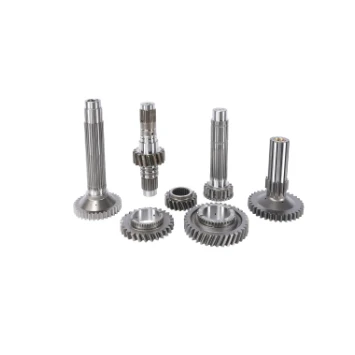
The agricultural and industrial machinery sector is experiencing remarkable growth, and at the heart of this expansion lies the trade and supply of tractors.
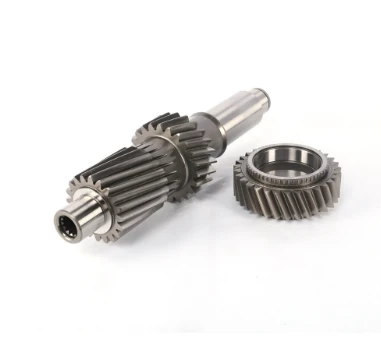
In the world of heavy - duty construction, the seamless operation of machinery is crucial for large - scale projects.
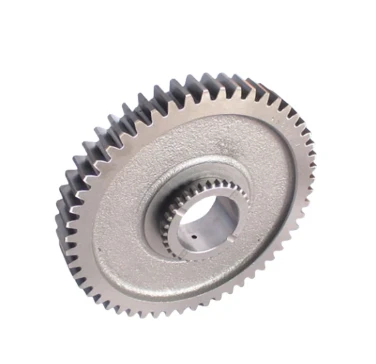
The world of tractors is vast and varied, catering to both practical agricultural needs and the passionate interests of collectors.
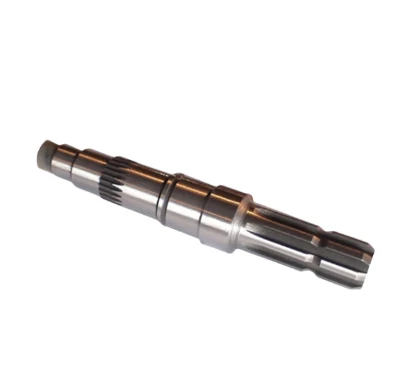
The agricultural and construction machinery landscape is constantly evolving, with tractors standing as essential workhorses for a variety of tasks.
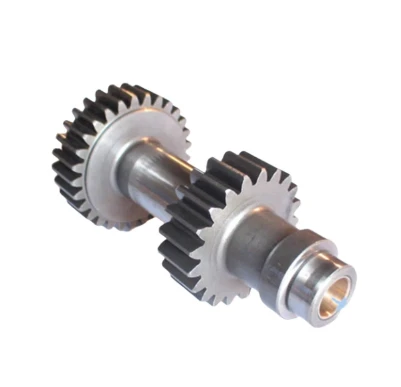
In the intricate world of mechanical engineering, gears are fundamental components that enable the seamless transfer and manipulation of power.
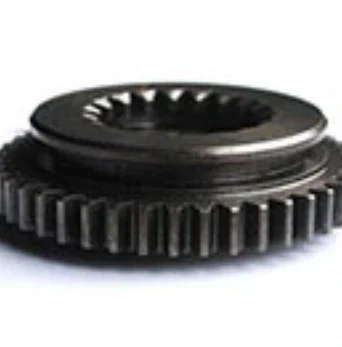
The market for tractors is a bustling hub, catering to a wide range of needs from large - scale farming operations to small - scale gardening projects.
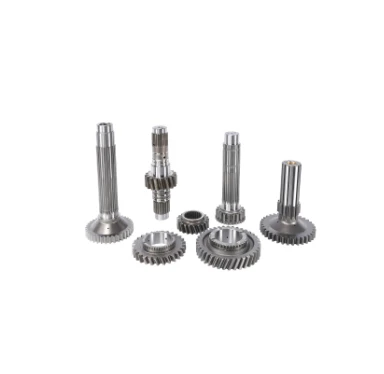
In the dynamic world of farming, machinery has become an essential part of efficient and productive operations.
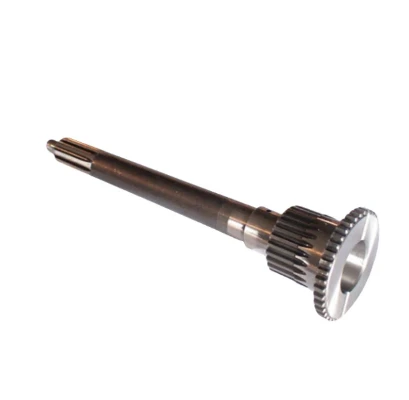
In the expansive realm of agriculture, various tools and machines play crucial roles in ensuring efficient crop production and overall farm management.
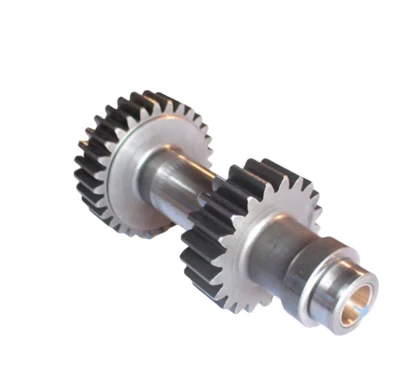
Tractors are essential workhorses in the agricultural and construction sectors, playing a pivotal role in a wide range of tasks.
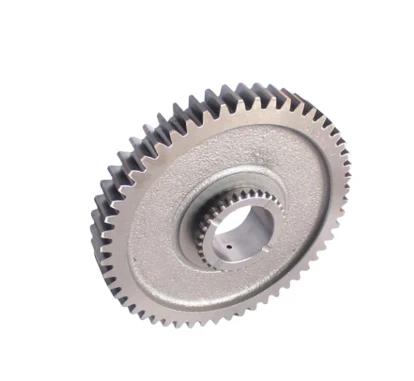
The agricultural and construction sectors rely heavily on tractors for their operations, and the entities involved in the production, distribution, and pricing of these machines shape the industry's trajectory.
International layout
Spread all over the world
our products are exported to various parts of the world. Currently, our products have been exported to more than 40 countries Our products cover Asia, Europe, Africa, South America, North America, and Oceania
Sign up
for Newsletter
Subscribe to the weekly newsletter for all the latest updates







